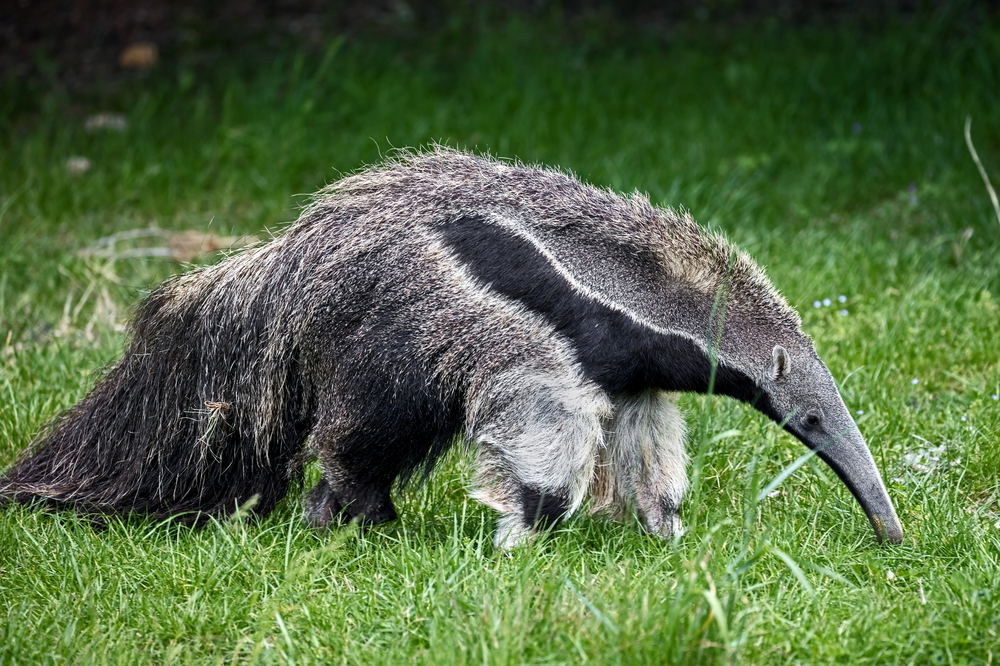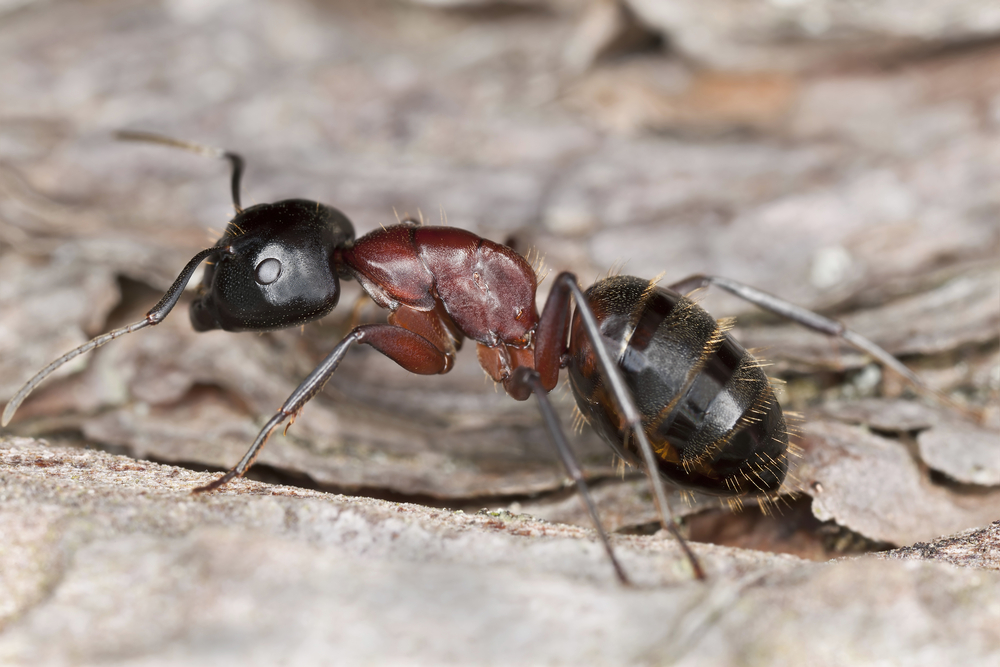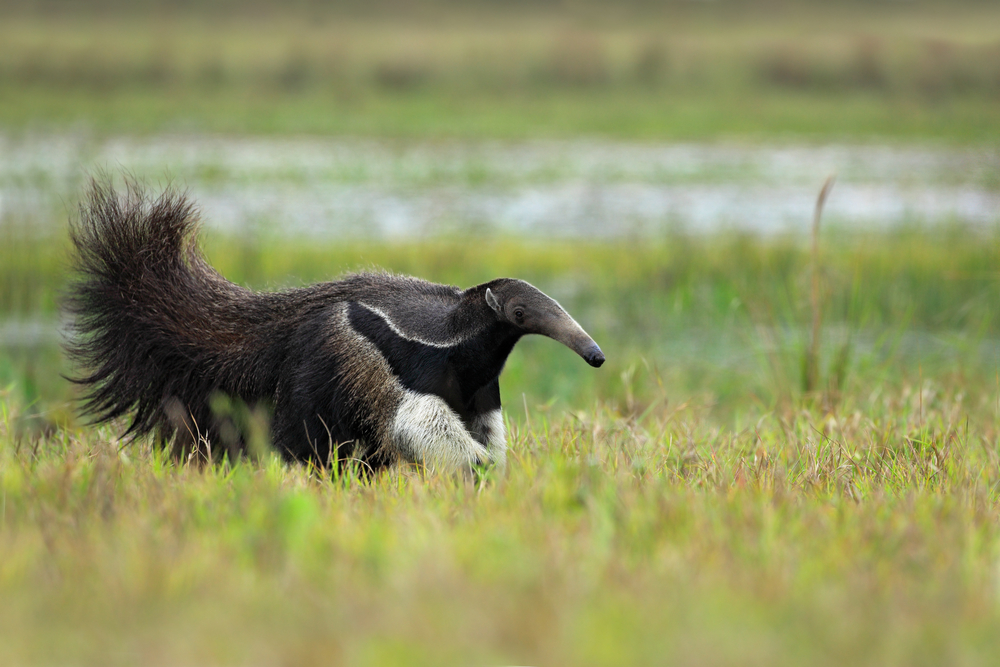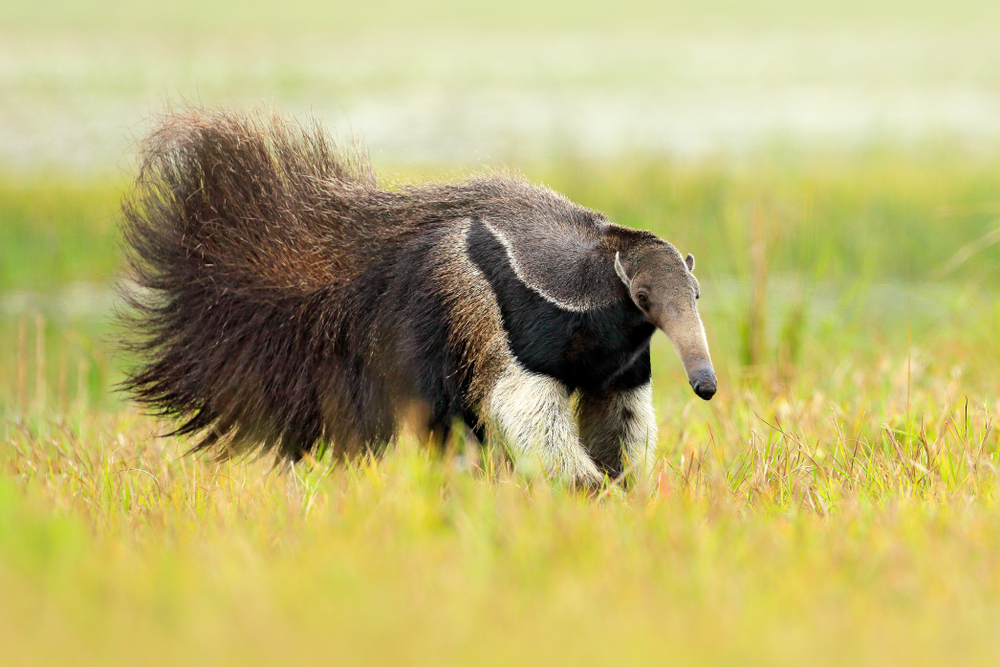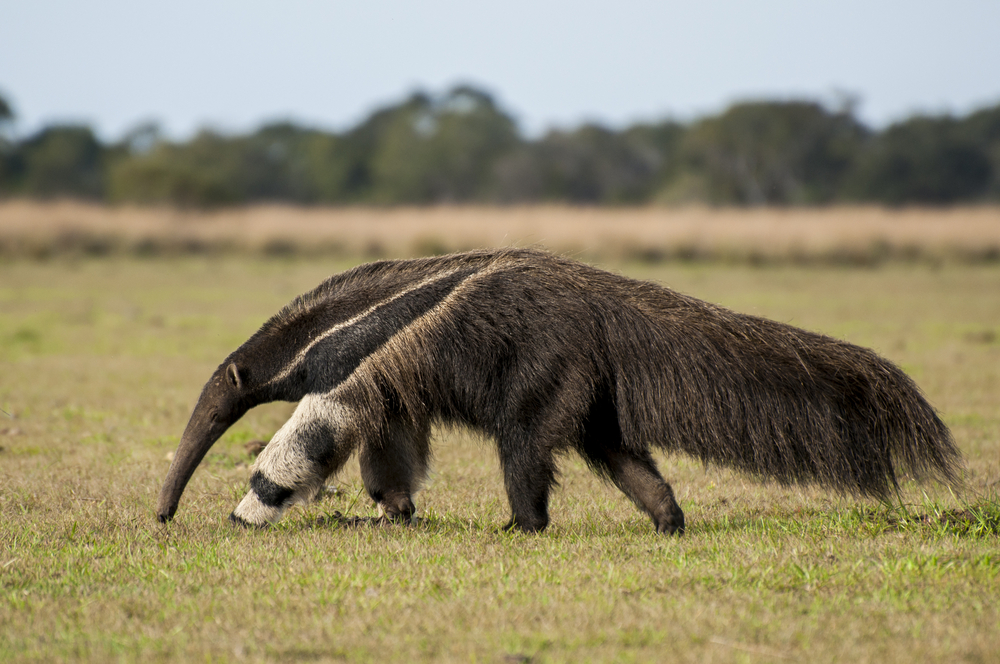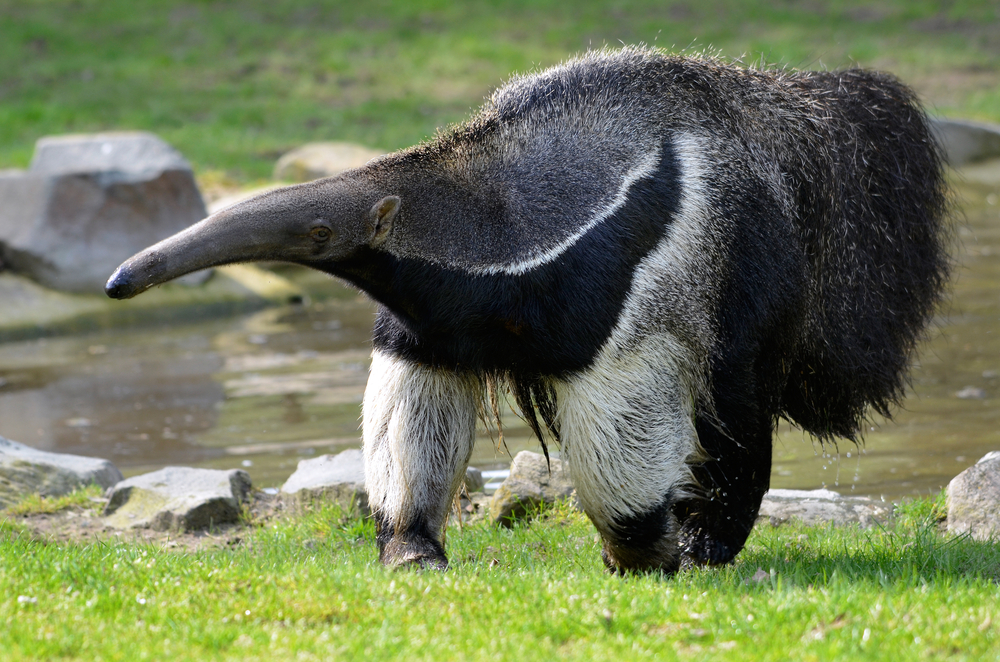Reproduction
The reproductive cycle of the Anteater is a fascinating process shaped by their unique biology and behavior. Here’s an overview:
Breeding Season: Anteaters do not have a specific breeding season and may reproduce throughout the year. However, mating activity may increase during periods of abundant food availability.
Courtship and Mating: Courtship rituals among anteaters are relatively brief and may involve vocalizations, scent marking, and physical displays. Once a receptive female is located, mating occurs, typically lasting only a few minutes.
Gestation Period: After successful mating, the female anteater undergoes a gestation period that can last from about 190 to 210 days, depending on the species.
Birth and Litter Size: Anteaters usually give birth to a single offspring, although twins are rare. The newborn anteater, called a pup, is born relatively undeveloped and relies heavily on its mother for care and nourishment.
Maternal Care: The mother anteater provides intensive care for her young, carrying the pup on her back or abdomen and nursing it with milk produced from specialized mammary glands. She may also construct a nest for the pup in a burrow or sheltered area.
Weaning and Independence: The pup begins to consume solid food, such as ants and termites, alongside its mother’s milk after a few months. Weaning typically occurs between 6 to 9 months of age, after which the young anteater becomes more independent.
Development and Learning: As the young anteater grows, it learns essential survival skills from its mother, including foraging techniques and how to avoid predators. The mother may also introduce the pup to different types of ant and termite colonies.
Dispersal and Maturity: Upon reaching sexual maturity at around 2 to 3 years of age, the juvenile anteater may disperse to establish its territory and find a mate. Dispersal helps prevent inbreeding and contributes to the species’ genetic diversity.
Reproductive Success and Population Dynamics: Successful reproduction ensures the continuation of anteater populations in their native habitats. Factors such as habitat loss, human encroachment, and climate change can influence the reproductive success of anteaters, highlighting the importance of conservation efforts to protect these unique animals and their ecosystems.



































































